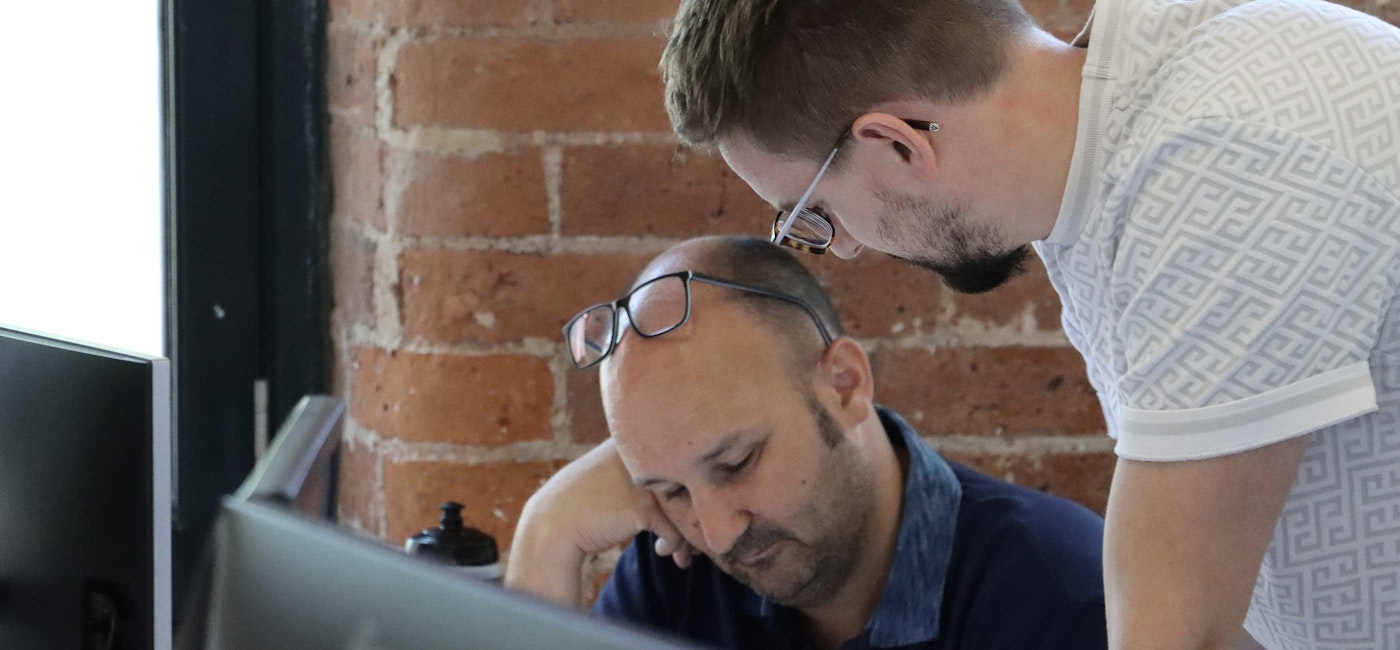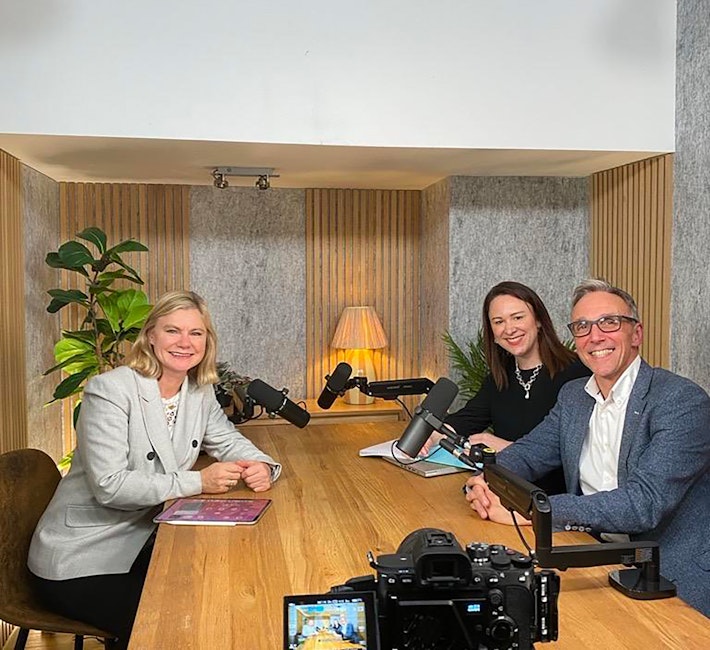- Home
- News & Views
- International Men’s Day: Achieving a better balance
Are we doing enough to support a healthy balance between working parents? Evidence shows that less than 50 years ago, a father’s involvement in child-care was limited to around 15 minutes a day, with their partner often fulfilling full-time unpaid labour obligations. That was the balance then. One at work and one at home.
Thankfully the career opportunities and progression for women has since reached a far more even keel. But as a mother who has recently returned to work after a second baby, there are observations to be made on the challenges we still face in achieving a ‘perfect’ balance.
Over the past year, my partner and I have been navigating the division of labour across the care of our two children and our individual job demands, against the backdrop of the frequently changing needs of our family.
Perhaps some patterns from the 1970s are hard to move away from. The majority of the care during parental leave fell to me, and my husband worked. But I felt that my young children needed me, and I needed them. However, I am proud that when given the opportunity to undertake shared parental leave, my partner gladly seized the baton and stepped in for the ninth month, whilst I returned to work. One at work and one at home, but a liberating shift from the stay-at-home-mother conform.
There is plenty of evidence to support the positive impact the presence of a male role model has on the development and prospects of children, and that has been the catalyst for many of the conversations we have had at Curtins around International Men’s Day. From my own experiences, having a partner who is so willing to step into the ‘default parent’ role has had a lasting positive impact on his relationship with our children, his confidence to request flexibility from his workplace, and my ability to return to work with the knowledge that we’re in it together. Who will pick up the children when the urgent nursery call arrives? Both of us could. The relief from this sense of shared duty to our children is significant.

Thankfully, I am in a workplace where requests for flexible arrangements are welcomed, and the company’s benefits package generously extends over numerous family friendly policies. It has made an immeasurable difference.
Thankfully, I am in a workplace where requests for flexible arrangements are welcomed, and the company’s benefits package generously extends over numerous family friendly policies. It has made an immeasurable difference.
That being said, this is my immediate environment and from conversations with others around me, I know that men, in particular, still see requesting flexible working, or declining an evening networking opportunity in lieu of childcare, as detrimental to their progression or professional image. It seems that they too are wrangling with how to maintain their career trajectory whilst being the ‘hands on’ parent needed for the family unit.
Curtins’ responsiveness and foresight to enable parental returners to flex their working patterns to suit, or to accommodate those who are responsible for the care others, in any regard, is something that I fear is not widely adopted in other businesses. Will parental returners elsewhere in our industry, or further afield, have the same flexibility as I have seen, or will lack of family friendly approaches continue to be a barrier anyone wishing to nurture their career while devoting time to the needs of their family? Will the expectations of others in these businesses impact how individuals at Curtins feel about attending a client meeting out of typical working hours?
Perhaps what I am saying as we’re on track for a better balance, but only through speaking up about the barriers we are facing in the pursuit of this equilibrium can we expect processes and the expectations of others to change. The delicate home / life balance impacts us all, and it certainly impacts the next generation, so I believe it is important that we respond to the challenges all those with caring responsibilities face.



